As John Carpenter turns 70, we look back at the scariest films of his career
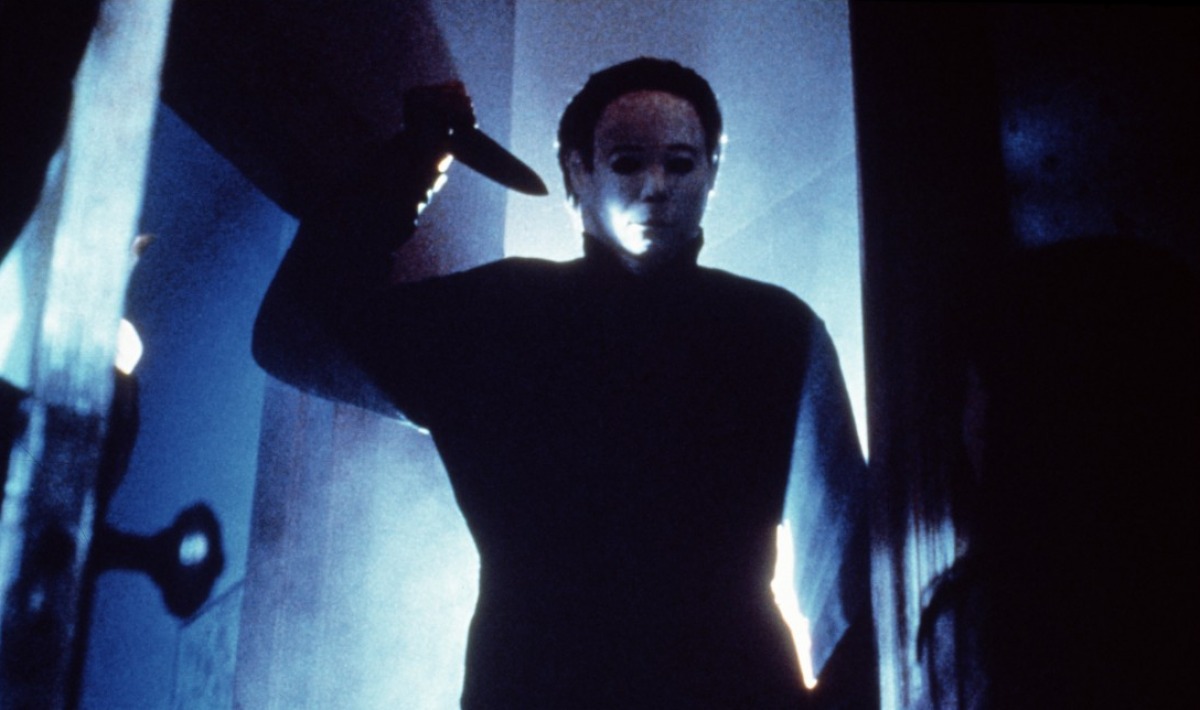
John Carpenter is one of the most iconic filmmakers of recent cinema. The man who brought us Assault on Precinct 13, Big Trouble In Little China and Escape From New York, to name just three instantly recognisable titles.
However, as he reaches his 70th birthday, it's his horror output we're going to focus on. It's arguably the genre he's most well know for, and the one he's had the most influence over. In fact he's responsible for a few of the best horror movies of all time, without question. Not only has he created some of the most iconic films and characters (oh hello, Michael Myers), he practically created a new kind of music with the distinctive soundtracks he wrote himself for many of his movies. Bands like Carpenter Brut and Perturbator owe pretty much their entire careers to his oppressive synth layers.
While most of his best output was in the late '70s and '80s, he continued to have success right through to the '90s (although some of his 2000s stuff wasn't great). He's not done yet either, and will be back in his 70th year with a new Halloween movie due in October 2018.
Until that arrives though, let's take a look at his best horror movies to date.
Vampires (1998)

Hired by the Catholic Church, vampire slayer Jack Crow (James Woods) goes on a gory adventure in New Mexico to take on the evil Valek (Thomas Ian Griffith and not, as it turns out, a vampire Dalek). Badass Crow is no Snake Plisskin, but Woods puts in a solid performance and there's some decent gore - Carpenter had to make some cuts to the final film to avoid the dreaded box office throttling NC-17 rating of the time. It's also an interesting mix of vampire movie and Western, putting the undead chase on the road with a very modern take on both vamps and the hunters that chase them. It might not be Carpenter's strongest horror flick, but it had plenty of fans at release (despite mixed reviews) and was also his only box office success in the '90s. It still has a cult following today, largely off the back of its success on the video rental market.
Village of the Damned (1995)
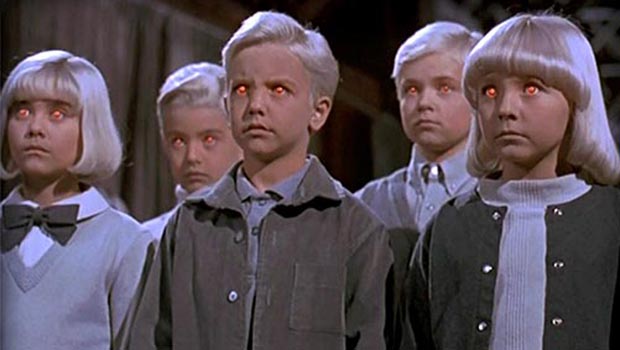
John Wyndham's novel, The Midwich Cuckoos, had already been adapted in the 1960s Village Of The Damned set, like the book, in the English town of Midwich. This remake transfers the 'action' to California and brings together a cast that included Christopher Reeve, Kirstie Alley and Luke Skywalker himself, Mark Hamill, to tackle the mysterious threat posed by a clutch of psychic children. As with the original version, this is a film that derives its chills from a sense of creeping dread and unknown, potentially apocalyptic, menace. That said it's not a patch on the book and while it manages to build on its inherent tension, the resulting scares are rather toothless.
They Live (1988)

They Live has endured far more than even Carpenter could have foreseen. It's story - about how Roddy Piper's down and out drifter discovers humanity is controlled by skull-faced alien enforcers - has become iconic. Both in terms of imagery, especially of its subliminal control (resonating with conspiracy theorists everywhere). It's also responsible for the classic line "I'm here to kick ass and chew bubblegum. And I'm all out bubblegum," which is reason enough to thank the maker. Crucially, though, the fear in this film isn't of being hacked to death by a maniac or bitten by a zombie for a change, but the paranoia that our lives our out of out hands and that malign forces rule the world. To be honest, that doesn't seem all that unlikely, does it?
Weekly digests, tales from the communities you love, and more
Christine (1983)
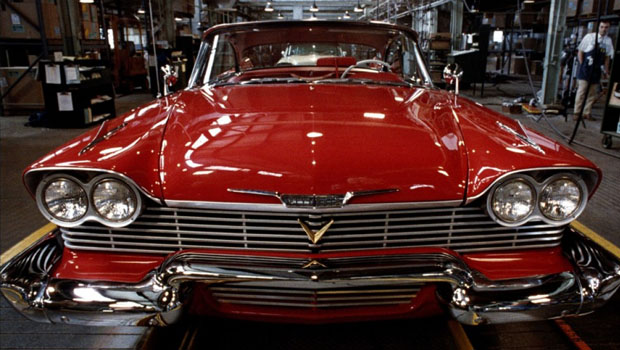
Based on the Stephen King novel of the same name, this killer car flick is a lot of fun. Christine is a red '58 Plymouth Fury that nerdy Arnie (Keith Gordon) is working on restoring. It soon becomes clear, however, that the car has an appetite for destruction when it starts working its way through the local population. It's goofy and silly, but there are a few spooksome moments. That said, it's hard to make a car frightening and arguably the most sinister element of the film is Carpenter's typically synth-heavy score.
In the Mouth of Madness (1995)
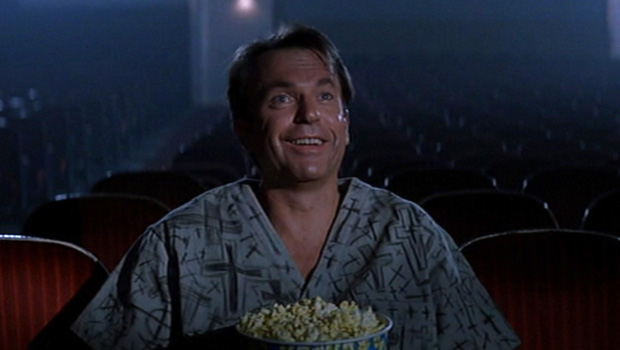
Carpenter's most underrated movie? In The Mouth Of Madness starts out as a surreal quest to find the missing horror writer, Sutter Cane, and rapidly unravels into a hallucinatory bad trip as people and places from Cane's books start to bleed into reality. Sam Neill is terrific throughout and the whole film is touched with a sense of delirium. Heavily influenced by the works of horror godhead HP Lovecraft, it's a genuinely strange and unsettling piece of work full of tentacles and wrongness.
Prince of Darkness (1987)

It may not match the quality of Carpenter's late '70s/early '80s golden years, but there's a lot to love in this eerily apocalyptic tale. A vial of liquid has been discovered that may just be the physical embodiment of Satan himself. Kelly (Susan Blanchard) absorbs it and tries to bring about the end of the world.
Where Prince Of Darkness really chills is in its authentically weird imagery. It's a film where mirrors become portals and people receive messages from the future in the form of an eerie, recurring dream. It's also a film where Alice Cooper memorably kills a random guy using half a bicycle. Disjointed it may be, but there's a lot of good stuff in Prince Of Darkness.
The Fog (1980)
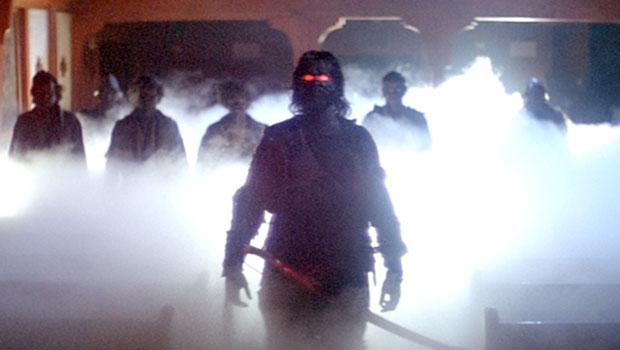
Analyse The Fog for a few minutes and it starts to fall apart. The ghostly leppers' abilities seem to vary from one scene to the next and all the bloodshed could have been easily avoided if people had simply got in their cars and left town. But ignore logic and consistency, for this is Carpenter's most wonderfully atmospheric tale. Set in the sun-drenched Californian coastal town of Antonio Bay, it's a film of silent beaches, remote lighthouses and unfathomable terrors from the sea. It's also blessed with another spine-tingling Carpenter score.
The Thing (1982)
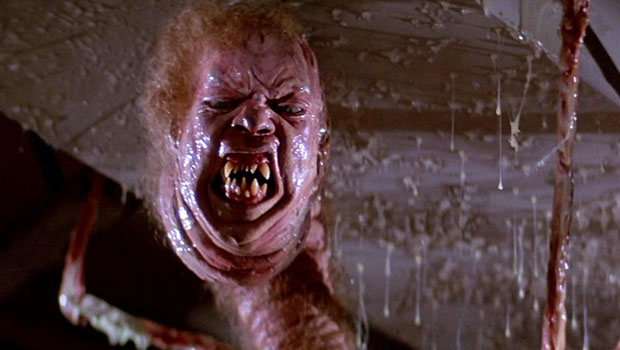
This is the first and, most would agree, the best of Carpenter's Apocalypse Trilogy. A loose collection of films whcih includes this, Prince of Darkness, and In the Mouth of Madness. While the three films appear initially unrelated, they're all bound by the idea of an enemy that that's more misunderstood and unknown than a tradition supernatural monster. Plus, they're all very much self contained and restricted in terms of characters and location.
The Thing is a sci-fi horror classic, where a shape-shifting alien entity wreaks havoc in a remote Antarctic research station, consuming and copying the scientists. Much imitated in the years since, it's a claustrophobic shocker that uses its explosively gruesome practical effects to fantastic and frightening ends. Yes, it's technically a remake (of 1951's The Thing From Another World), but this is a very different sort of picture. And while it didn't fare particularly well at the box office, it's gone on to be a monster cult hit.
Halloween (1978)

Halloween is a masterpiece as one of those rare movies where everything works. It may be a twist on the tale that Psycho started, but there's no denying it has an enduring power that puts it streets ahead of most other slasher movies. It's influence is still felt today even through to recent things like It Follows.
Part of its brilliance was the change of location. Suddenly horror wasn't in a haunted house or remote hotel it was on nice suburban streets. Michael Myers is a frightening boogeyman because, unlike Freddy Krueger, he could be real (ignore the many improbable hoops the non-Carpenter directed sequels jump through to keep him alive). His boiler-suit and unreadable face (actually made from a William Shatner mask spray painted white) is a haunting visual, while his weapon of choice - a simple kitchen knife - is terrifyingly ordinary. It has the best score too, with a wonderfully haunting theme making it not just Carpenter's scariest movie but arguably his best full stop.

Will Salmon is the Streaming Editor for GamesRadar+. He has been writing about film, TV, comics, and music for more than 15 years, which is quite a long time if you stop and think about it. At Future he launched the scary movie magazine Horrorville, relaunched Comic Heroes, and has written for every issue of SFX magazine for well over a decade. His music writing has appeared in The Quietus, MOJO, Electronic Sound, Clash, and loads of other places too.


